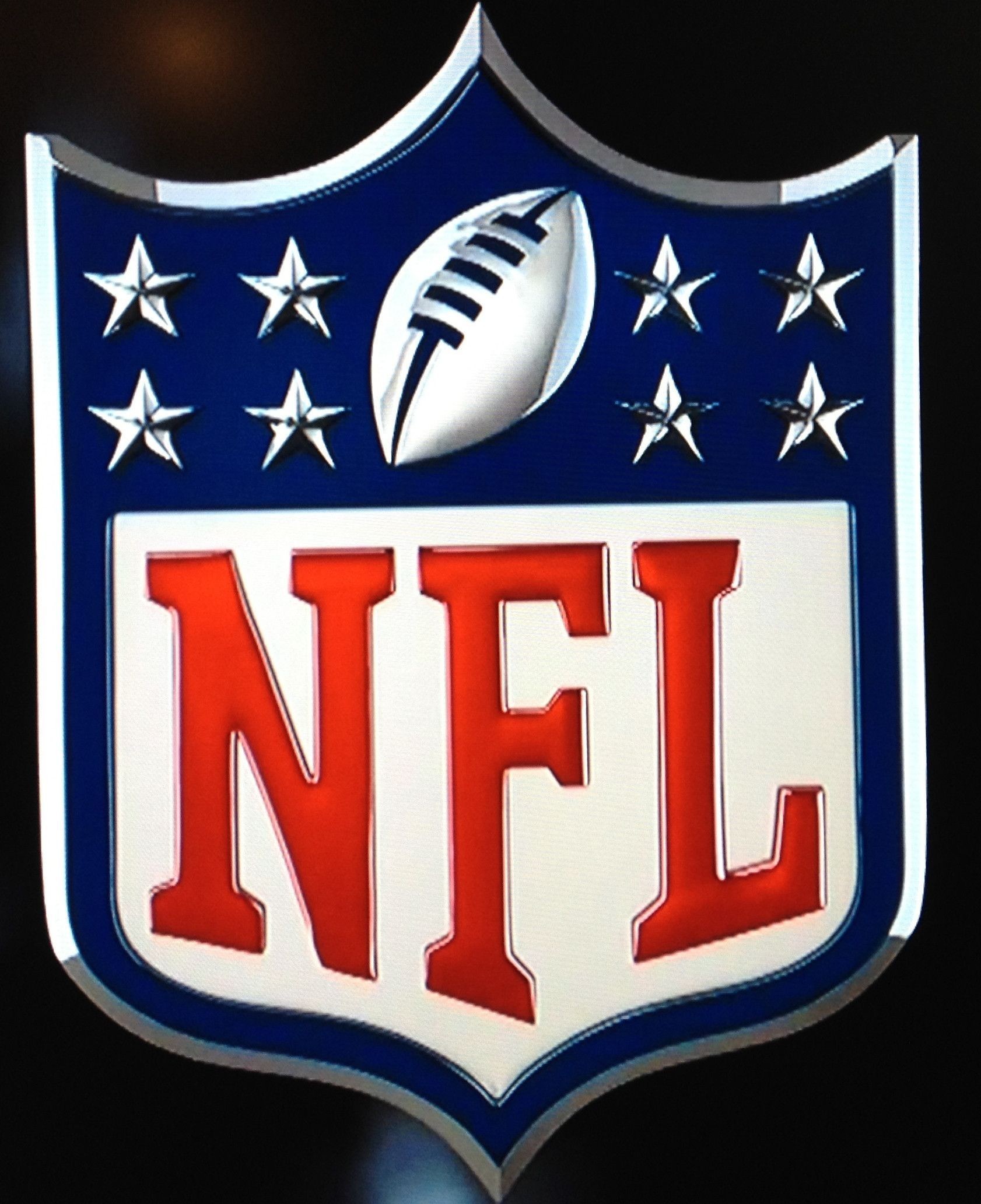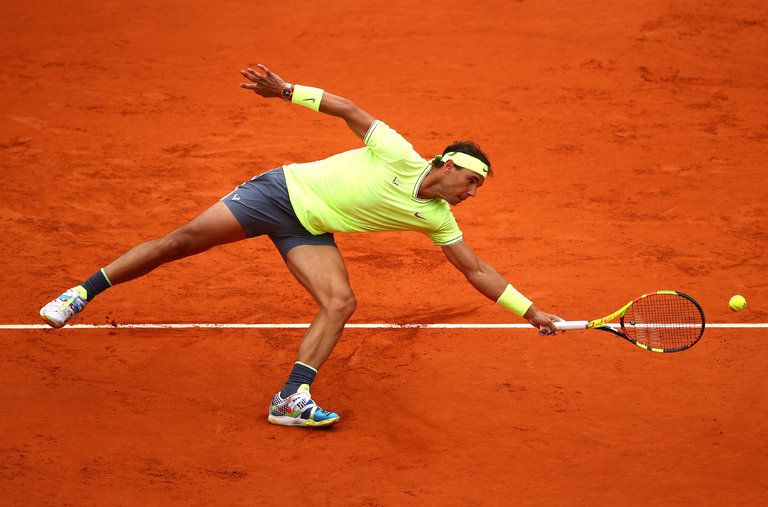How Martial Arts Training Builds Muscle and Strengthens Your Body
Introduction: The Muscle-Building Power of Martial Arts
Many people associate muscle building exclusively with traditional weightlifting or gym-based strength routines. However, martial arts training offers a dynamic, effective way to develop lean muscle, enhance strength, and sculpt a balanced physique. Through a combination of striking, grappling, and high-intensity movements, martial arts challenges multiple muscle groups, leading to noticeable improvements in muscle tone, endurance, and overall fitness. This guide explores how martial arts can help you build muscle, the mechanisms behind this process, and offers practical steps to maximize your physical development.
Understanding Muscle Growth Through Martial Arts
Unlike isolated gym exercises, martial arts relies on compound movements that integrate the entire body. Kicks, punches, throws, and defensive maneuvers engage the arms, legs, core, and back simultaneously. This full-body activation results in muscle stimulation and growth across multiple groups. According to experts, regular martial arts practice promotes muscle activation and development , increasing both strength and lean muscle mass [1] .
Training sessions typically involve bodyweight exercises, explosive techniques, and resistance against partners, all of which are proven to foster hypertrophy (muscle growth). The high-repetition, high-intensity format encourages cardiovascular endurance while continuously challenging and adapting muscle fibers.
Key Muscle Groups Targeted by Martial Arts
Martial arts styles such as karate, taekwondo, Brazilian Jiu-Jitsu, and Muay Thai each emphasize different movements, but all require total-body engagement. For example:
- Striking arts (boxing, Muay Thai): Emphasize shoulder, chest, arm, and core development through punches and defensive maneuvers.
- Kicking arts (taekwondo, kickboxing): Demand strong hips, glutes, thighs, and calves for powerful, controlled movements.
- Grappling arts (judo, BJJ): Build significant muscle in the back, arms, and core through lifts, holds, and ground resistance.
This constant recruitment of major and stabilizing muscles not only increases muscle size but also improves functional strength and coordination [3] .
Benefits Beyond Muscle: Full-Body Fitness and Conditioning
While muscle building is a key outcome, martial arts delivers a spectrum of fitness benefits:
- Improved cardiovascular health : High-intensity drills and sparring sessions elevate heart rate, strengthening your cardiovascular system [4] .
- Enhanced flexibility and range of motion : Repetitive dynamic movements and stretching routines increase overall flexibility, reducing injury risk [4] .
- Greater endurance and stamina : Regular practice builds both anaerobic and aerobic capacity, leading to longer-lasting energy and improved athletic performance [3] .
This comprehensive approach means practitioners not only gain muscle but also enjoy better balance, agility, and reflexes, translating to daily life and other sports.
How to Maximize Muscle Growth with Martial Arts
While martial arts alone can build muscle, combining your training with targeted strategies can accelerate results. Here’s how to get the most out of your practice:
- Consistency is Key : Schedule regular training sessions, aiming for at least 2-3 classes per week. Consistent muscle stimulation is essential for progress.
- Incorporate Strength Training : Supplement martial arts with resistance exercises such as push-ups, pull-ups, squats, and planks. These moves mirror many martial arts techniques and further enhance muscle gain [5] .
- Focus on Technique : Proper form ensures maximum muscle engagement and reduces injury risk. Work with qualified instructors who provide feedback and corrections.
- Prioritize Nutrition and Recovery : Fuel your body with adequate protein and nutrients. Allow time for rest and incorporate stretching or mobility work to support muscle repair [1] .
Remember, muscle growth is a gradual process. Track your progress, celebrate improvements in strength and endurance, and adjust your routine as needed for continued results.
Real-World Examples: Martial Artists and Muscle Development
Professional martial artists and everyday practitioners alike report significant improvements in muscle tone and strength after consistent training. For instance, those practicing Brazilian Jiu-Jitsu often notice increased upper body and grip strength, while taekwondo athletes develop powerful legs and core muscles. Many martial arts schools highlight member transformations, with students reporting better posture, reduced body fat, and improved overall health after several months of training [2] .
These outcomes are not limited to elite competitors-martial arts is accessible to all ages and fitness levels. Beginners may start with basic techniques and gradually progress to more advanced drills as their strength and confidence grow.

Source: pinterest.com
Starting Your Muscle-Building Martial Arts Journey
If you are interested in building muscle through martial arts, you have several accessible options:
- Find a reputable martial arts school : Search online for schools in your area, or ask local community centers and fitness clubs for recommendations.
- Contact instructors to discuss your goals
- Attend trial classes to experience different styles and find the best fit for your interests and abilities
- Consult your healthcare provider if you have pre-existing health conditions or concerns before beginning a new exercise program
Most martial arts schools offer introductory programs or beginner classes. It is common for instructors to assess your fitness level and tailor instruction accordingly. You can also explore online resources, instructional videos, or virtual classes if in-person attendance is not feasible.
Potential Challenges and Solutions
Some individuals may face challenges such as soreness, plateaus, or difficulty mastering complex techniques. To overcome these, consider the following strategies:
- Gradual Progression : Start with beginner classes and increase intensity as your endurance and strength improve.
- Active Recovery : Include stretching, yoga, or low-impact activities to support muscle repair and flexibility.
- Community Support : Engage with classmates and instructors for motivation, accountability, and technique refinement.
- Regular Health Checks : Monitor your health, and consult professionals as needed to avoid overtraining or injury.
Alternative Approaches for Muscle Development
While martial arts provides a robust pathway to muscle building, some may prefer to supplement their regimen with additional forms of exercise. These could include:
- Traditional weightlifting or resistance band workouts for focused hypertrophy
- Plyometric exercises to boost explosive strength and power
- Functional training routines that mimic martial arts movements
Combining these methods with martial arts can yield even greater results, ensuring comprehensive development and injury prevention.

Source: confusedwords.org
Accessing Martial Arts Training and Resources
You can access martial arts programs by:
- Searching online for martial arts schools, clubs, or dojos in your community
- Asking your local recreation center or YMCA about beginner classes
- Exploring virtual class offerings if geographical access is an issue
- Connecting with certified instructors for private or small group lessons
For the most up-to-date information on available classes, use search terms like “martial arts classes near me” or “beginner martial arts programs” in your preferred search engine. If cost is a concern, inquire about sliding scale fees, community programs, or introductory specials offered by many schools.
Summary: Martial Arts as a Muscle-Building Solution
Consistent martial arts practice is a proven, engaging way to develop muscle, increase strength, and enjoy holistic fitness benefits. Whether your goal is to tone your body, gain functional power, or simply improve your health, martial arts offers a supportive, adaptable pathway that delivers results. By combining disciplined training, proper nutrition, and recovery strategies, anyone can leverage martial arts to achieve a stronger, more resilient physique.
References
- [1] Akami Ami Kicks (2023). Does Martial Arts Build Muscle?
- [2] Maldonado ATA Martial Arts (2024). How Does Martial Arts Improve Your Fitness?
- [3] Evolve MMA (2023). Can Martial Arts Training Build My Fitness Level Effectively?
- [4] Union Martial Arts (2024). 10 Benefits Of Fitness While Practicing Martial Arts
- [5] US Kuo Shu Academy (2024). The Profound Benefits of Strength Training for Martial Artists
MORE FROM couponnic.com













